I've only been to Alabama once in my life, but I did visit a couple of the places featured here on that trip. The list gives 15 attractions in this state, which is on the high end for sure. The average is around eight, and some states have as few as four suggestions to visit.
1. William B. Bankhead National Forest, "about 30 miles from Decatur". "Beautiful forests, where deer roam through the underbrush; a favorite vacation spot for campers and hikers; hundreds of hunters come to the annual deer hunt every November; Natural Bridge is one of the principal scenic attractions."
It is definitely still there. Website.
The deer hunt appears to be still on.
This seems to be the celebrated "Natural Bridge".
Yes, I am going to do "cute girls at the historic site" pictures if I can find any.
2. Talladega National Forest, "two divisions, one 45 miles from Selma, the other near Anniston. Robinson Creek Falls in an outstanding attraction."
I have actually been to this place, or at least to the eastern portion of it, near Anniston. There are a couple of posts from my other blog with pictures of my trip there in 2011, which included a visit to and stay at the #4 site here, which is actually contained within the boundaries of the National Forest. My main memory of it is that, especially coming the northeast, it seemed really wild and uncrowded, as in, no more than a few hundred people within about a 30 to 40 mile radius most of the time.
I cannot find any references to Robinson Creek Falls in Alabama on the internet. Whatever the encyclopedia is referring to must be known as something else now.
3. Conecuh National Forest (these are not all National Forests), along the Florida border. "has a large recreational area with a 50-acre lake and picnic grounds."
This place holds some appeal for my northern eyes.
4. Cheaha State Park, near Anniston. "Contains Cheaha Mountain, the highest point in the state."
I've been to this place, stayed in one of the chalets for 4 days, climbed the tower, used the pool, and eaten in the restaurant. It was one of my more successful forays into the hinterlands of the United States as far as pleasing other people goes, and I liked it as well, though apart from the 20 or so other guests at the park at the time and a dozen or so staff members, I was pretty isolated from encountering any of the regular life in Alabama (this is probably why the other members of my family liked it). Coming from the Northeast, it was also quite inexpensive for the quality of accommodation at the time, though it looks like the chalet we stayed in in 2012 for under $100 a night is now $152. We did see a lot of kudzu on the drive out of the state and this formed a subject of conversation. I stopped and got some boiled peanuts, which I liked as well. The facilities at many of the state parks in the South (in what, I have noted before, are considered among the poorer and least government-friendly states) put those in the part of the country where I live to shame. And these southern parks are open year round as well, while ours are only staffed from May to September, maybe October in a few instances, and I am not aware of any that have cabins of the caliber of Cheaha or a comparable pool.
5. De Soto State Park, near Mentone. "Contains many beautiful cascades and waterfalls; famous De Soto Falls, 120-foot waterfall, is outstanding."
This place has cabins as well. Rooms in the hotel are still around $100 a night. This waterfall is impressive for a state park.
6. Azalea Trail, Mobile. "On U.S. Route 90; a 17-mile road along which magnificent flowers bloom every spring."
It looks like this tradition, which dates to the 20s, is still alive, though searching for it on the internet mostly brings up references to the "Azalea Trail Maids", a group of fifty local high school seniors chosen as ambassadors of the city. They have been involved in some controversy of late because they wear antebellum dresses and are supposed to embody Southern Hospitality, though they are at least integrated now. As you have probably noticed, I tend to like it when people embrace the culture and traditions that they come from, perhaps because so many people in the blue state world that I live in are determined to run down even anything seemingly positive about our civilizational past and I am weary of it. Perhaps teen age girls wearing dresses associated with the slavery period is in some sense as inherently evil as similarly aged boys dressing in Nazi uniforms would be. Would I want my own daughters to go gallivanting around in such get-ups? Probably not, but they are Yankees and have no connection to that tradition. As I have noted before with regard to traveling in the south, while one might wish the history were other than what it is, it is also what gives the area such texture and interest as it has, and to insist that every aspect of it, for white people anyway, that has an origin dating beyond fifty years ago be renounced would make for a pretty characterless place, as is already the case in enough locales as it is. But I guess that is the point.
Yes, I did just defend the tradition of wearing these outfits.
While the Maids continue to go on strong, I've had a harder time figuring out whether the actual trail is still an annual event. I found an article from 2015 announcing the "re-opening" of the trail, with new signs, and much of it "taking the same road as the original trail". The heyday of the Trail is widely acknowledged to been from the 30s to the 50s, after which its popularity declined. I guess if you go in the spring there is still something to see.
7. Mardi Gras, Mobile. "a colorful celebration on each Shrove Tuesday (the day before Lent). It has been held for the last 250 years."
While overshadowed now in the popular imagination by the celebration in New Orleans, this is the oldest Mardi Gras in the country and still seems to be a big event.
8. Boll Weevil Monument, Enterprise. "Perhaps the only monument in the world erected to an insect. When the boll weevil destroyed the entire cotton crop about 55 years ago (c. 1915-18), the farmers were forced to plant peanuts, which became such a successful industry that the people erected the Boll Weevil Monument in appreciation."
Oh yes, this is still very much an attraction (and celebrated in song by the likes of Weird Al Yankovic), though due to repeated vandalism the original monument was moved indoors to a museum in 1998 and a replica put up in the public square. Also in the far southeast near Florida.
Get that close-up of the Boll Weevil. Could not find any photos of cute girls with this.
9. Mound State Monument, near Tuscaloosa. "Made up of 34 Indian mounds, which cover 300 acres; once used by Indians as temples, houses, and community meeting places."
Name changed to the Moundville Archaeological Site in 1991. Administered by the University of Alabama. Indian Mound sites are somewhat trendy. I remember a few years back someone I knew raving about the Mounds in Illinois near St Louis, proclaiming the experience as spectacular as any of the celebrated sites of Europe.
10. Statue of Vulcan, the Roman god of fire, in Birmingham. "It is 53 ft. high, weighs 60 tons and stands on a tower 127 feet high; it can be seen by people all over the city."
This statue has its own accompanying museum, so it is still very much a big deal. It underwent a major restoration from 1999-2004, though I guess much of the original structure is preserved. It is touted as the largest cast iron statue in the world. I will certainly pay a visit if I am ever in town, though it seems unlikely that I ever will be.
11. Ginko (sic) Tree, Selma. "A rare tree from China that grows through the roof of a cotton warehouse."
Old guidebooks list this particular tree as being located at 1501 Water Avenue. "This plant, brought by a missionary returning from China, was presented to a Selma girl. She planted the tree in her yard in 1879." (Slow Travels Alabama by Lyn Wilkerson, 2010). I cannot make out whether this tree still stands or not. This address on Google Street View currently shows a rather bleak stretch of abandoned strip malls without any magnificently old trees in sight. There are now a number of other Gingko trees growing in that city, but only one (on the campus of a financial company, not on Water Avenue) is big enough to be plausibly 140 years old.
No, the sites that Selma is famous for today were not mentioned in this 1968 list.
12. Saltpeter Cave, near Scottsboro in the Northeast. "Once a cave-dwelling for Indians; later a temporary courtroom of Jackson County while the first courthouse was being built; Confederate soldiers mined the saltpeter and used it for gunpowder during the Civil War."
Now the Sauta Cave National Wildlife Refuge. The cave itself, after hosting a night club from 1919 to 1956 in addition to its other history noted above, was closed to the general public (you can still do research there) in 1978 due to its being home to a couple of endangered species of bats. The park receives around 5,000 visitors a year, which doesn't sound like that many.
13. The First White House of the Confederacy, Montgomery. "The home of Jefferson Davis, where he was sworn in as first President of the Confederacy; now a museum with many interesting Civil War relics."
This is still a big tourist attraction. It's also right across the street from the State Capitol.
14. Talladega, in the northeast. "One of the oldest white settlements in the state; near the place where Andrew Jackson fought the battle of Horseshoe Creek, and defeated the Creek Indians."
There appear to be several historic districts in the city of Talladega with notable old buildings.
15. Ivy Green, Tuscumbia, in the northwest. "The birthplace of Helen Keller."
Even though the website looks like it hasn't been updated since the late 90s I am pretty sure it is still open to the public. Why wouldn't it be? Helen Keller is a notable American who should be remembered.
One of the more unpalatable aspects of my malformed personality is that I have always had a weakness for terrible Helen Keller jokes. I can go weeks at a time without laughing and someone will tell a Helen Keller joke and I will be guffawing uncontrollably like a teenage girl for half an hour. This happened just last week. That night, evidently as a sort of karmic punishment, I had a dream that I was deaf, though fortunately not blind. Being deaf and unable in the dream to hear even any sound of my own voice though I was attempting to speak aloud was more terrifying than I imagined it would be, and I immediately connected it with my recent glee at hearing Helen Keller jokes. So hopefully going forward this cruel source of amusement will not have the effect on me that it has had formerly.
Steven Tyler paid a visit in 2018.

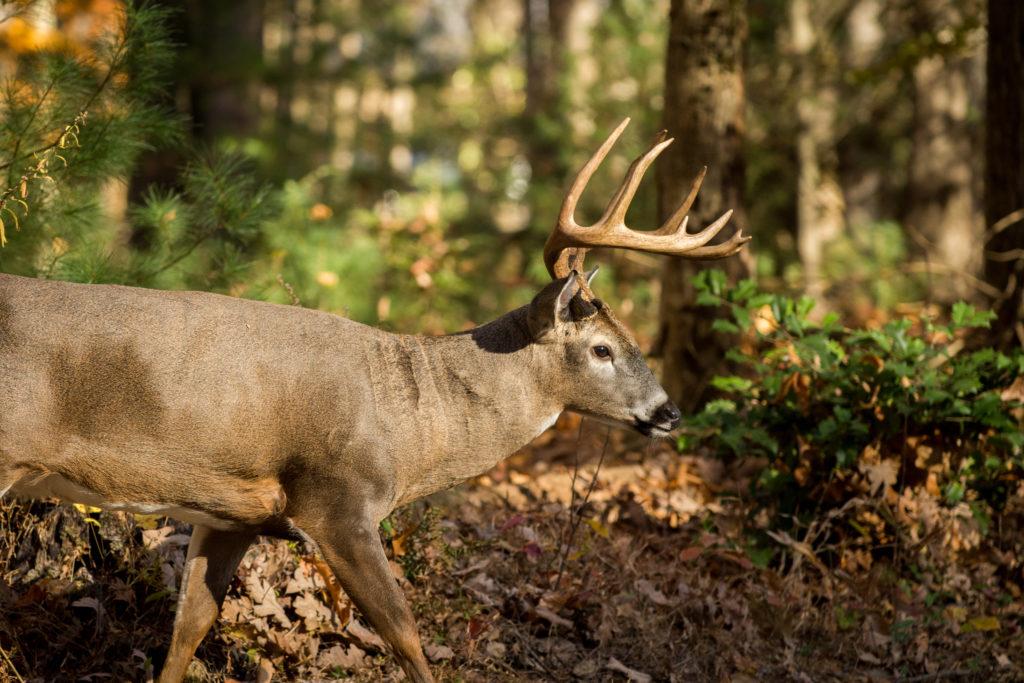
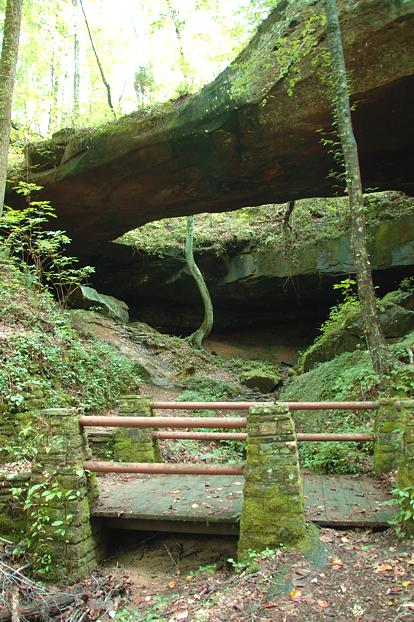
_ORGANIZED_THE_TRIP_TO..._-_NARA_-_545515.jpg)
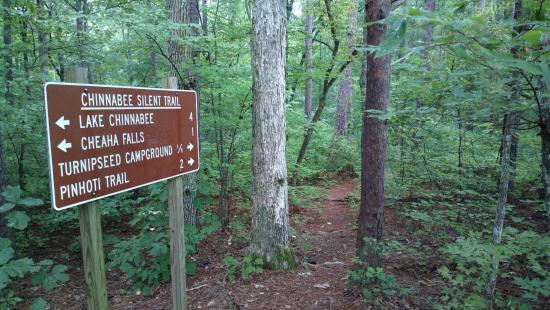

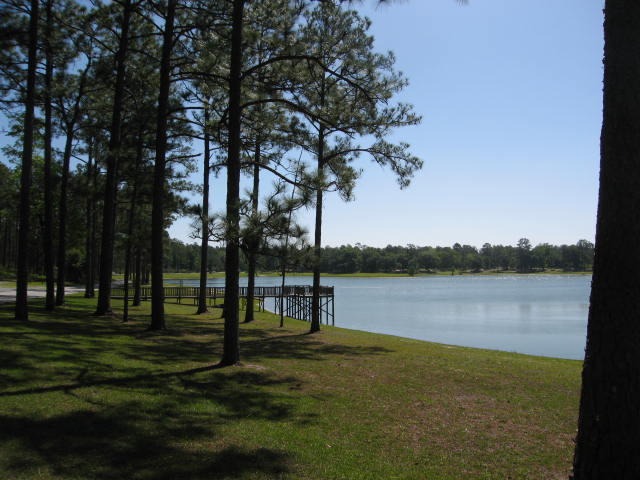

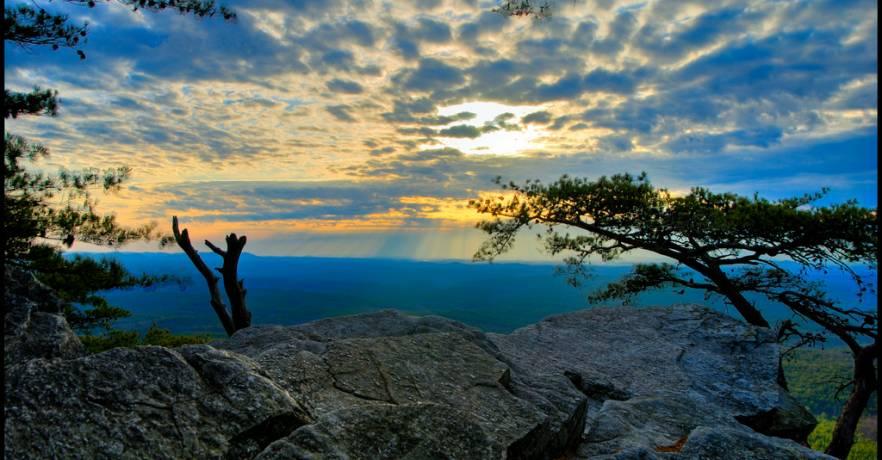

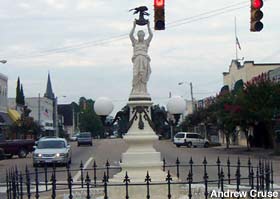
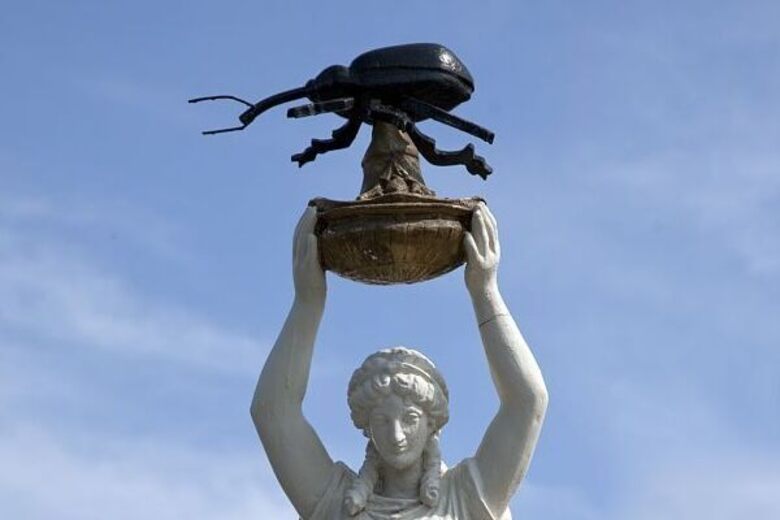





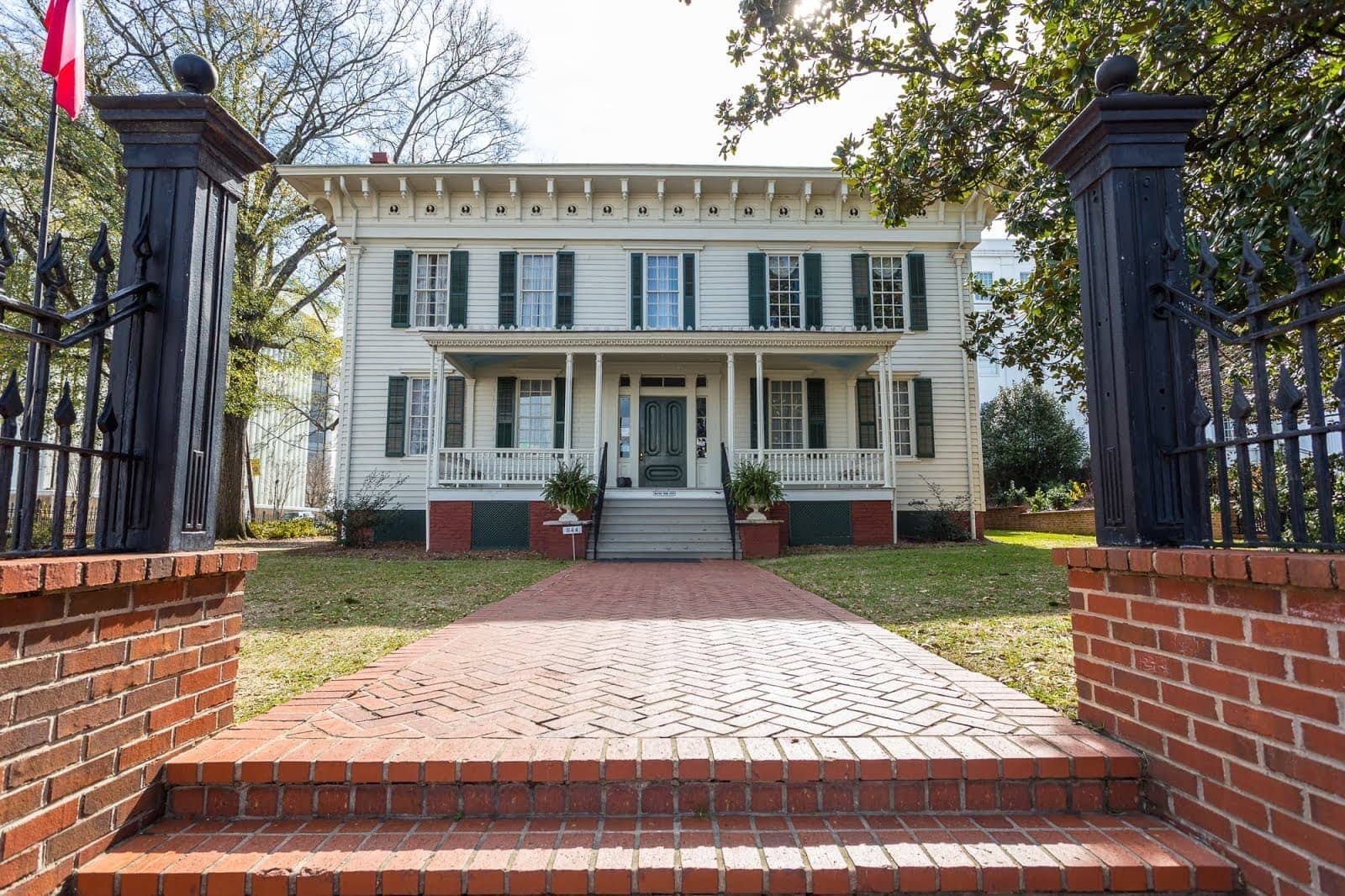

No comments:
Post a Comment